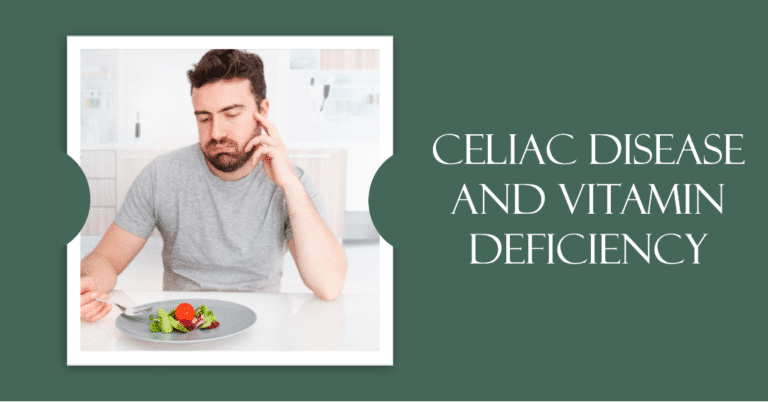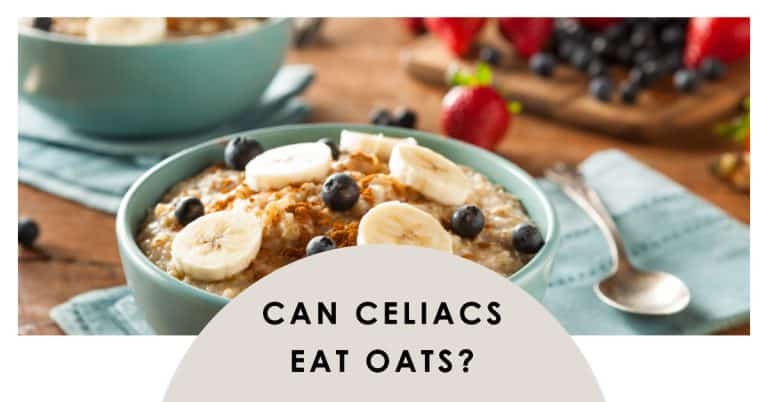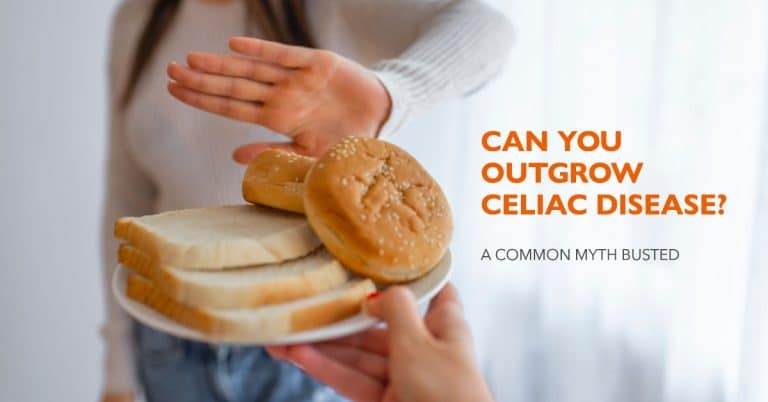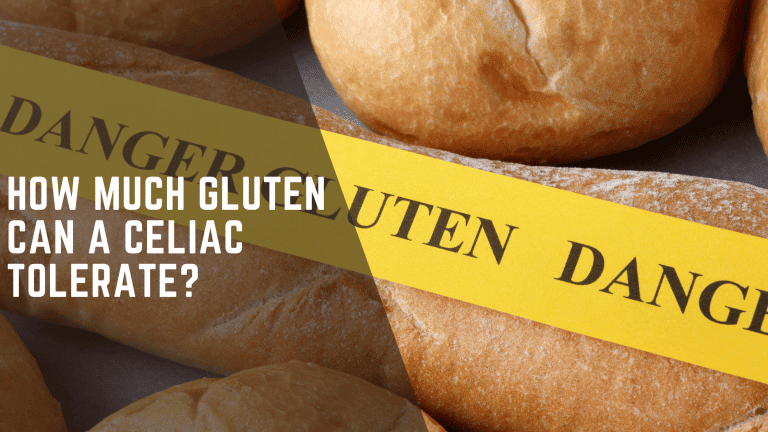9 Tried and True Ways I Avoid Celiac Cross Contamination When Eating Gluten-Free
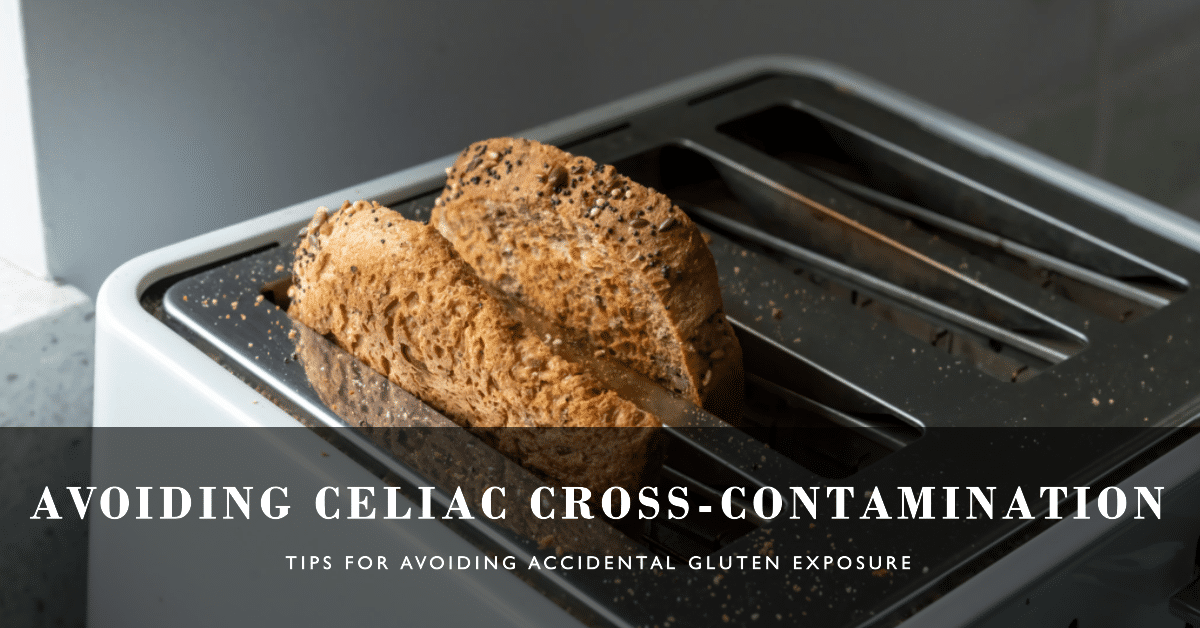
Don’t have the first clue about celiac cross contamination? Let me show you the ropes…
Transitioning to a gluten-free lifestyle after being diagnosed with celiac disease was no walk in the park, let me tell you.
At first, I thought it was as simple as removing obvious gluten sources like pasta and wheat bread from my kitchen.
Boy, was I wrong.
Turns out, avoiding gluten is like navigating a minefield of cross-contamination and lurking gluten particles.
Even the tiniest amount of gluten can cause flare-ups in people with celiac disease.
Thankfully, after countless mistakes and a fair share of trial and error, I’ve honed my strategy to successfully steer clear of these gluten landmines during food preparation.
Allow me to share with you 9 celiac cross contamination prevention tips that have been total game-changers for me in this gluten-free journey.
1. Invest in Your Own Toaster
Early on, I nearly derailed my gluten-free efforts by sharing a toaster with my gluten-loving family.
Those seemingly harmless crumbs left behind in the shared toaster coated my breakfast toast, exposing me to wheat without noticing it.
After doing some research, I soon realized I was making such a rookie error as even trace amounts of gluten can cause issues in people with celiac disease.
It was at this point I decided to invest in my own toaster, exclusively for my gluten-free bread.
Now my morning toast comes out beautifully gluten-free every time, instead of secretly contaminated.
Having a dedicated gluten-free toaster has made a huge difference and given me peace of mind!
2. Banish the Bread Box
When I first went gluten-free, I proudly stocked up on gluten-free bread options but made the mistake of storing them in close proximity to my parents’ regular loaves of bread.
Let me make this clear – that’s a recipe for disaster when it comes to gluten cross-contamination!
Unfortunately, those pesky leftover crumbs from regular bread loaves contaminated my gluten-free options whenever I went to grab a slice.
Fast forward to now when I’ve got my own place with my girlfriend, we designated a safe area specifically for gluten-free food – it’s better to be safe than sorry!
3. Research Hidden Gluten Sources in Condiments
Early on in my gluten-free life, I overlooked things like condiments and sauces when I was clearing out my cupboards of gluten-filled foods.
Ketchup, mustard, salad dressings – so many contain hidden sources of wheat, malt vinegar, and other gluten ingredients.
I couldn’t figure out why I was still getting sick until I started meticulously flipping over bottles and jars at the grocery store to research brands and ingredient lists.
The good news is I now know the brands that are safe – from the supermarket’s own brand products to big names including Heinz.
I’d still suggest checking labels every time though as manufacturers can change ingredients suddenly without your knowledge – even in products you’ve previously added to your ‘safe’ list!
4. Just Say No to Fried Food When Eating Out
I learned this lesson the hard way early on – even food labeled as “gluten-free” on most restaurant menus often gets cross-contaminated with gluten during the frying process.
I thought ordering the gluten-free fries would be a safe choice, but I paid the price later when I got sick from cross-contamination with the shared fryer.
Now I am super vigilant about eating out – asking questions to my server to know that all the correct procedures are being followed. Any doubts and I’ll walk right out!
6. Bring a Trusted Dish to Share
Potlucks, parties, and backyard BBQs used to be really awkward and isolating.
Either I would stare longingly at all the food I couldn’t eat, or I’d nibble on my sad emergency gluten-free snacks in the corner.
Finally I had an epiphany – I could just make and bring my own trusted 100% gluten-free dish to share!
Preparing my own food means I can customize the ingredients and safely prep it in my own gluten-free kitchen – I’d highly recommend you do the same so you can partake in the celebrations without risk of gluten exposure!
7. Use Totally Separate Supplies and Prep Areas
Even after cleaning out my cupboards and restocking my kitchen with approved gluten-free ingredients and products, I still dealt with mysterious reactions that I couldn’t figure out.
Finally, I realized that cross-contamination was probably still happening through my pots, pans, utensils and prep surfaces that were used for both glutenous and gluten-free cooking.
Now my girlfriend and I take extra precautions during food preparation to ensure gluten-containing food doesn’t inadvertently come into contact with my gluten free options.
It takes a little extra effort, but it has made a huge difference in preventing sneaky cross-contamination and cross-contact issues at home.
8. Read Labels Carefully and Watch for Hidden Ingredients
When I was new to the gluten-free diet, I assumed that any product that didn’t have an obvious wheat call-out on its packaging would be naturally gluten-free. Not so!
I learned that ingredients like malt, rye, and barley can sneak in under the radar if you’re not carefully reading labels.
Now I scrutinize all ingredients lists, watch for things like “natural flavors” that can sometimes contain gluten, and research brands before buying anything.
9. Wipe Down Tables and Ask Detailed Questions When Eating Out
I’ve learned to not be shy about asking servers thorough questions about how meals are prepped and ingredients when I eat out at restaurants.
Even if an item is labeled gluten-free, I’ll still ask about their kitchen practices, prep surfaces, and potential cross-contamination.
Oh, and I always wipe down the table and surrounding area with sanitizing wipes just in case – you can’t be too careful when eating out with celiac disease!
Avoiding Gluten Cross-Contamination As A Celiac – My Takeaway Tips
Adjusting to living a gluten-free lifestyle with celiac disease certainly takes extra diligence, patience, and awareness.
But sticking to strategies like these has allowed me to successfully steer clear of cross-contamination and thrive in my new gluten-free normal.
I hope my lessons learned living this lifestyle since 2021 can help other celiacs too!
With dedication, vigilance, and creativity, you’ve totally got this gluten-free thing.
Disclaimer: This content is based on my personal experience as an individual diagnosed with celiac disease and IBS (Irritable Bowel Syndrome) who follows a strict gluten-free diet. This does not constitute medical advice. Please consult a medical professional, nutritionist, or qualified dietitian for personalized, professional advice.

